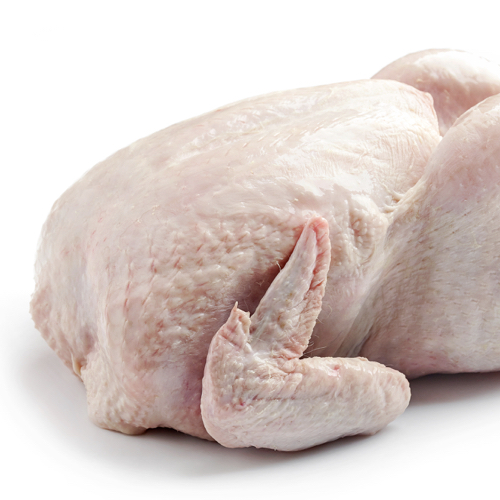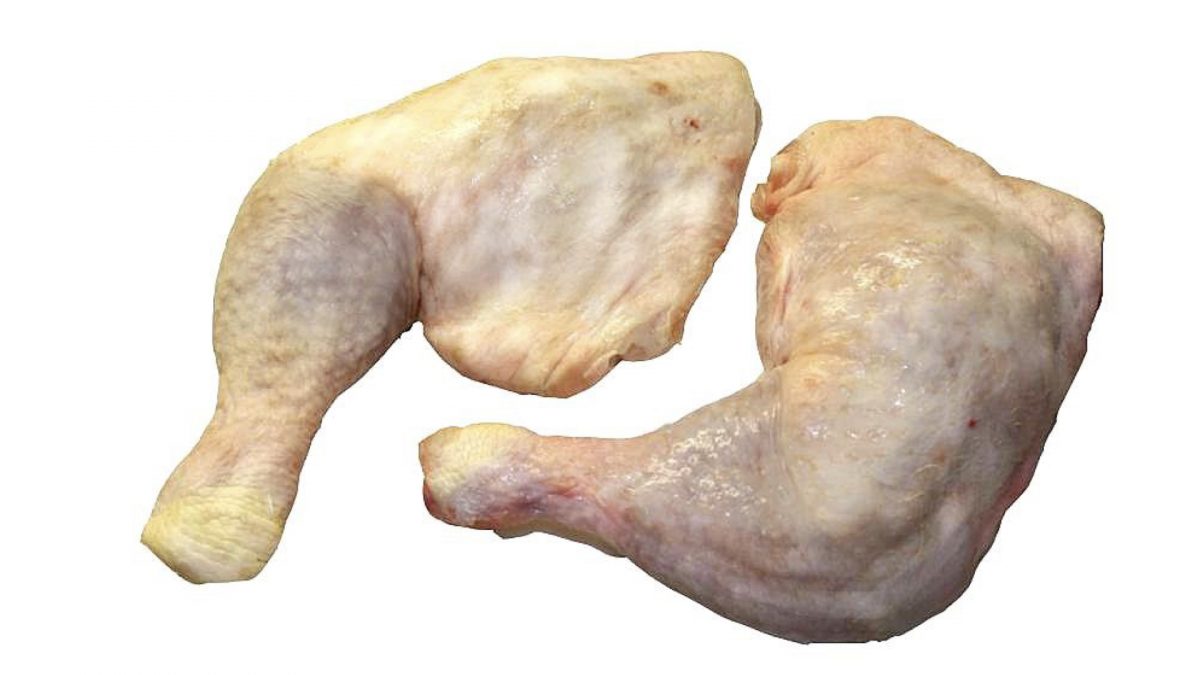
Chicken
Eating chickens is the most common source of Salmonella poisoning. A 2014 issue of Consumer Reports published that 97 percent of chicken breasts found in retail stores were contaminated with bacteria that could make people sick, and 38 percent of the Salmonella found was resistant to multiple antibiotics. And, according to a national retail-meat survey by the Food and Drug Administration, about 90 percent of retail chicken showed evidence of contamination with fecal matter.
Viruses may also potentially pose a risk. Might chicken cancer viruses be transmitted to people through the handling of fresh or frozen chicken? A study of 30,000 poultry workers found that those who slaughter chickens have about nine times the odds of pancreatic and liver cancers. For context, the most carefully studied pancreatic cancer risk factor is cigarette smoking, but smoking for 50 years “only” doubles our odds of getting pancreatic cancer.
What about people who eat chicken? The European Prospective Investigation into Cancer and Nutrition (EPIC) study followed 477,000 people for about a decade and found a 72 percent increased risk of pancreatic cancer for every 50 grams of chicken consumed daily, which is about a quarter of a breast. When a similar result was found for lymphomas and leukemias, the EPIC team acknowledged that while the growth-promoting drugs fed to chickens and turkeys could be playing a role, it might also be cancer viruses found in poultry.
White meat consumption also appears to be worse when it comes to colon cancer risk. A study of about 30,000 Californians found that those who ate red meat at least once a week had about double the risk of developing colon cancer. That risk appeared to triple, however, for those who ate chicken or fish once or more a week.
And prostate cancer? A Harvard study of men with early-stage prostate cancer found those with more aggressive cancer who regularly ate chicken and turkey had up to four times the risk of prostate cancer progression.
Poultry may also be the most fattening meat. Those eating even one ounce of chicken a day (think two chicken nuggets) had a significantly greater gain in body mass index over a 14-year period than those who consumed no chicken at all. Chickens have been genetically manipulated through selective breeding to now contain two to three times more calories from fat than from protein, and even skinless chicken may have more fat, and more artery-clogging saturated fat, than a dozen different cuts of steak.
For substantiation of any statements of fact from the peer-reviewed medical literature, please see the associated videos below.
Image Credit: Magone / Thinkstock. This image has been modified.
Popular Videos for Chicken

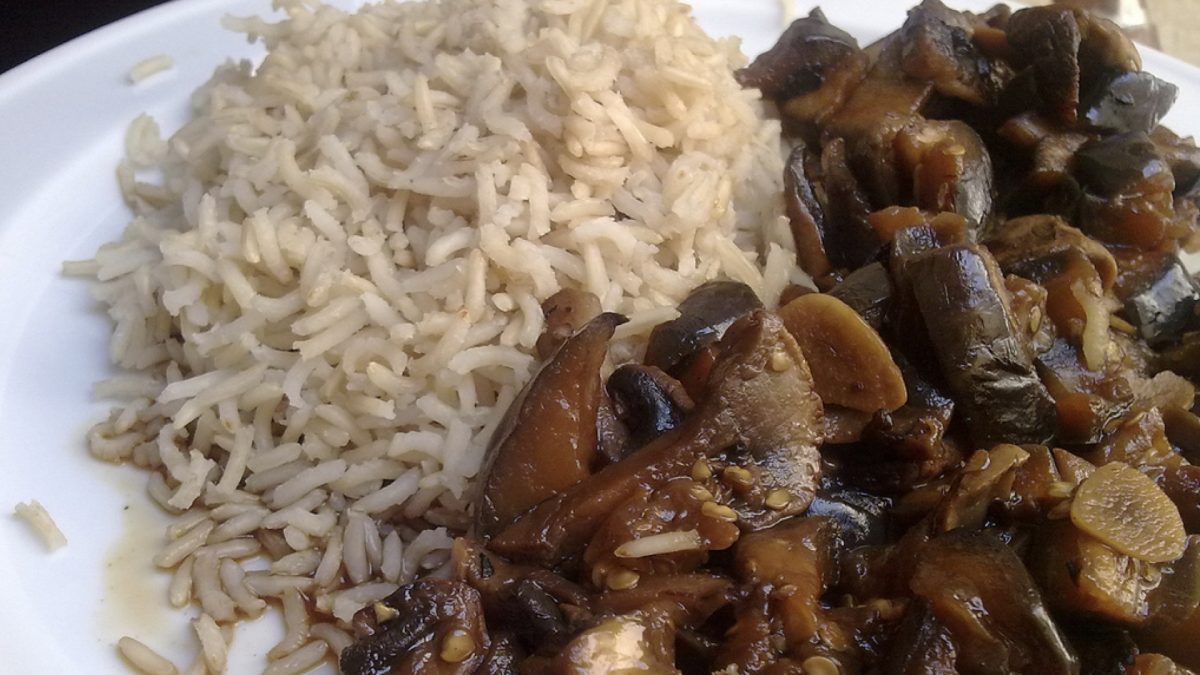
Where Does the Arsenic in Rice, Mushrooms, & Wine Come From?
What happens when our crops are grown in soil contaminated with arsenic-based pesticides and arsenic...
The Role of Poultry Viruses in Human Cancers
Does a cancer-causing herpes virus in chickens pose a public health threat?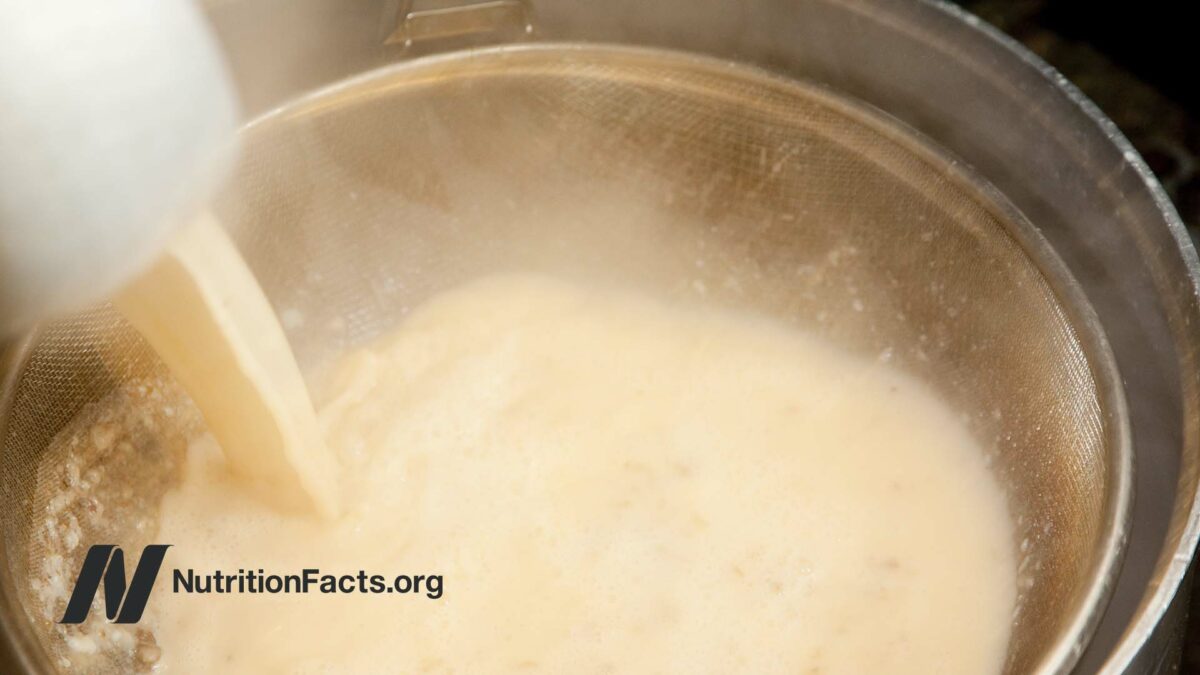
Lead Contamination in Bone Broth
Organic chicken broth is popular with paleo diet advocates, but do tests indicate the presence...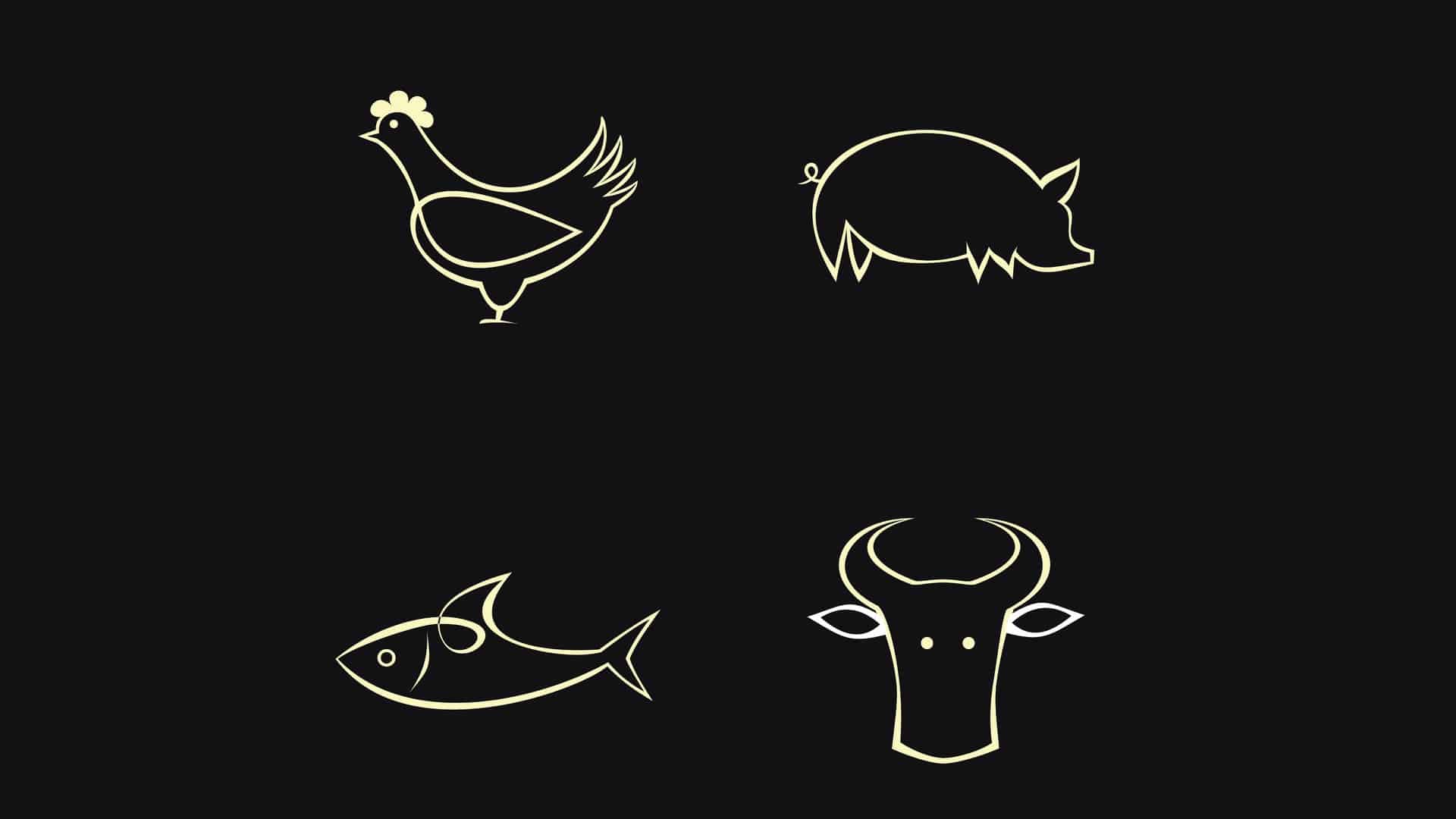
Switching from Beef to Chicken & Fish May Not Lower Cholesterol
The negative impact of red meat on our cholesterol profile may be similar to that...
Chicken Big: Poultry and Obesity
Chicken consumption is associated with more weight gain than other meat.
Antibiotics: Agribusinesses’ Pound of Flesh
The FDA’s suggestion that the meat industry voluntarily stop feeding antibiotics by the ton to...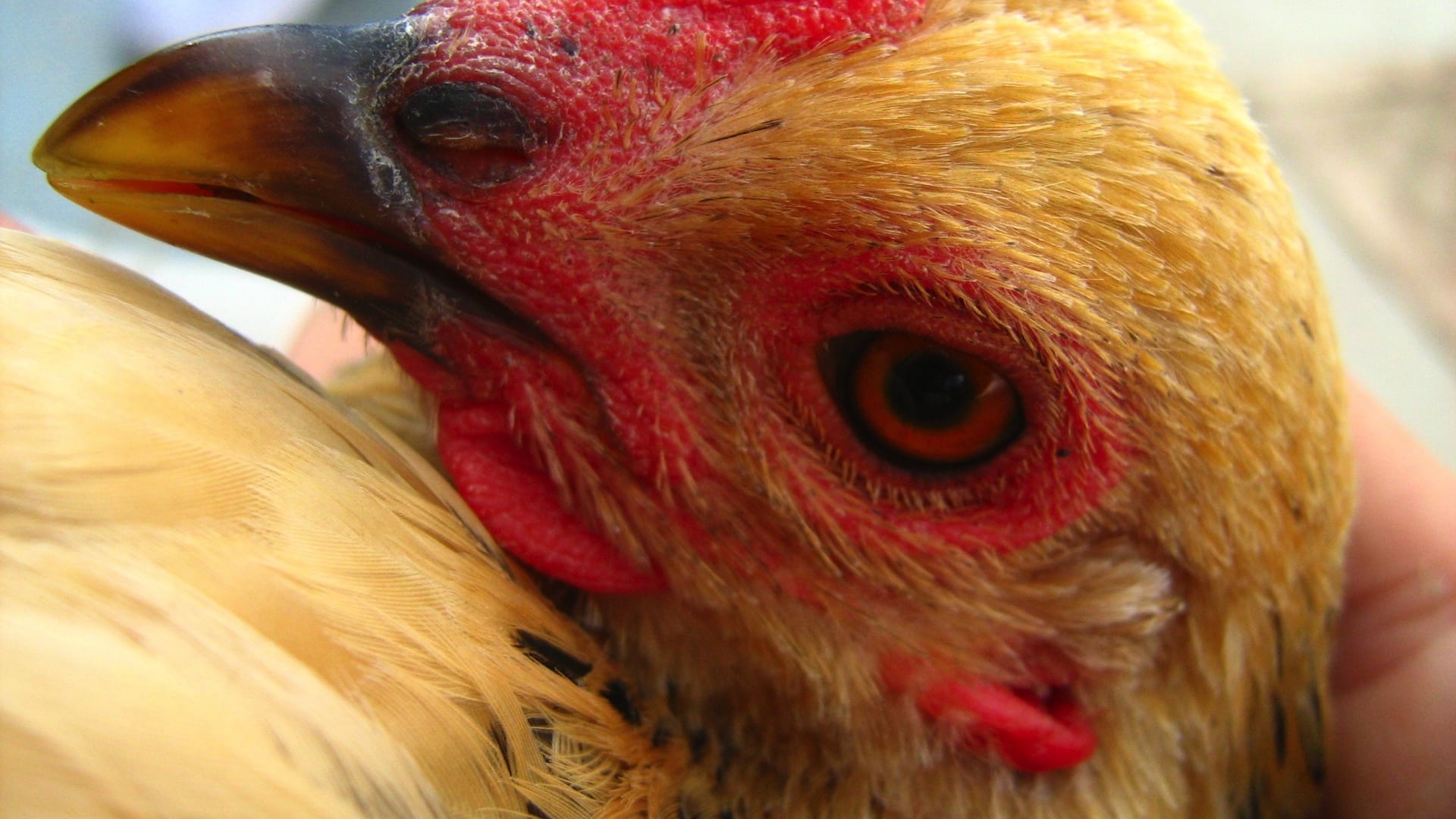
Illegal Drugs in Chicken Feathers
By testing chicken feathers for chemical residues, researchers aim to find out what the poultry...
How Many Cancers Have Been Caused by Arsenic-Laced Chicken?
Arsenic-containing drugs intentionally added to poultry feed to reduce the parasite burden and pinken the...
Chicken Salmonella Thanks to Meat Industry Lawsuit
The meat industry sued the federal government, winning the right to sell food known to...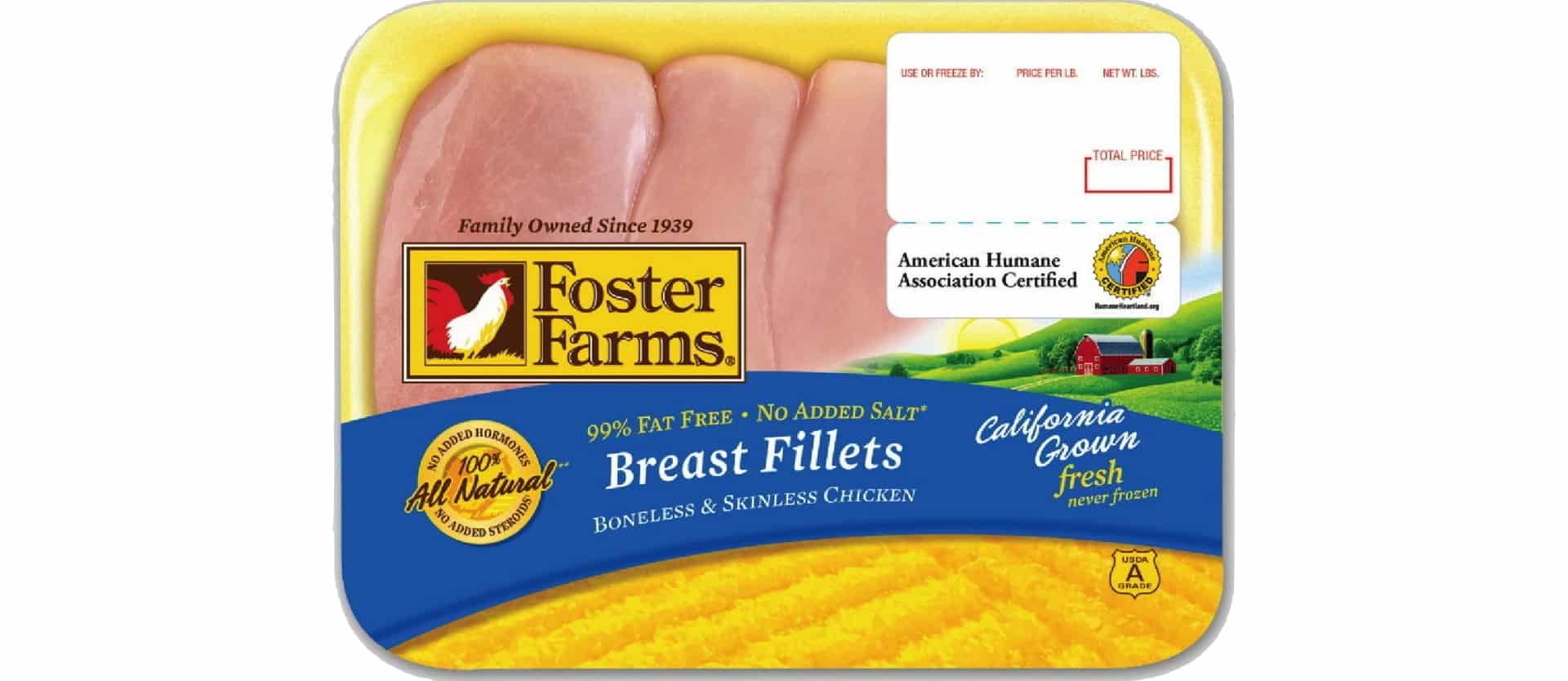
Foster Farms Responds to Chicken Salmonella Outbreaks
Foster Farms chicken may have infected and sickened more than 10,000 people, due to contamination...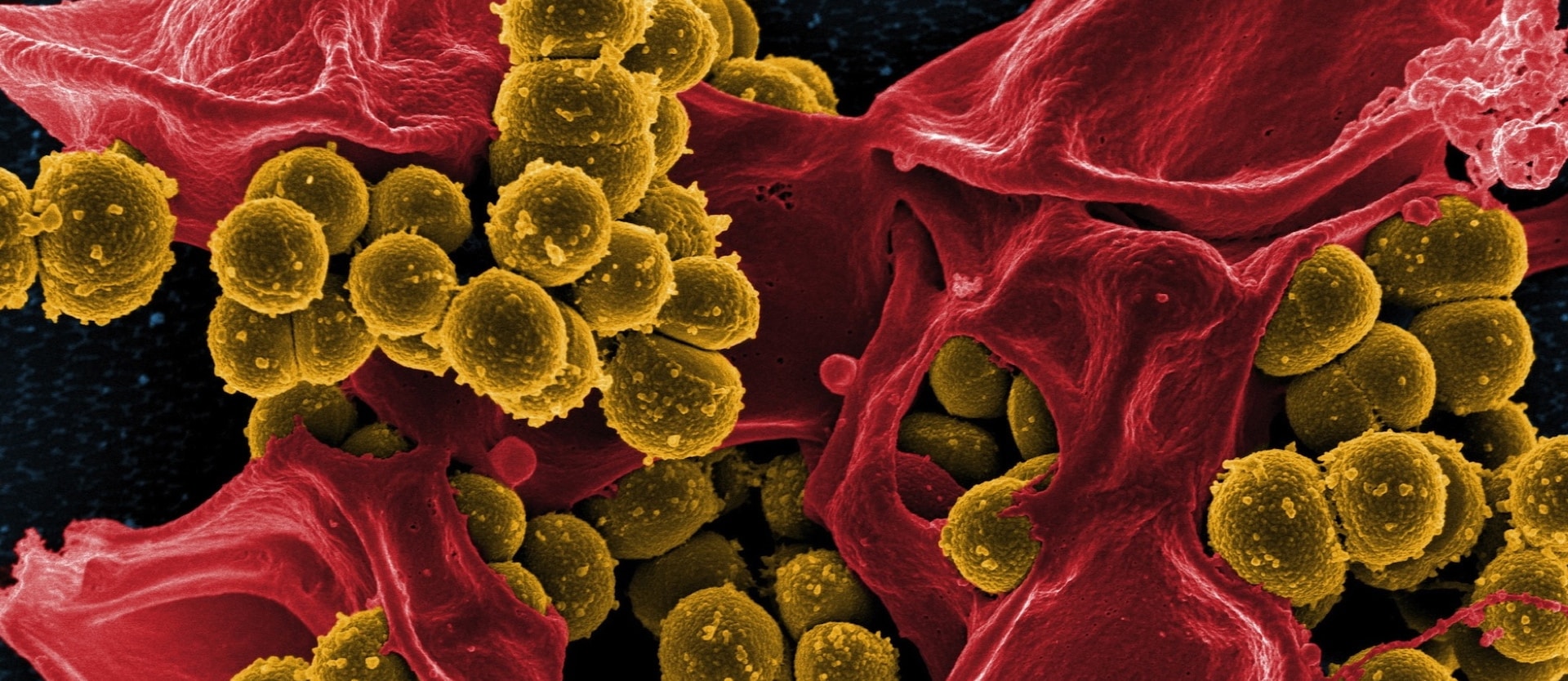
Superbugs in Conventional vs. Organic Chicken
The level of multidrug antibiotic-resistant bacteria contamination is compared between meat from animals raised conventionally,...All Videos for Chicken
-

Are Beyond Meat Plant-Based Meat Alternatives Healthy?
The SWAP-MEAT study puts Beyond Meat products to the test.
-

Soul Food That’s Good for the Soul
The best of soul food’s origins are tied to the plant-centric West African diet.
-

Cholesterol and Heart Disease: Why Has There Been So Much Controversy?
Is the role of cholesterol in heart disease settled beyond a reasonable doubt?
-

Antibiotic-Resistant E. coli and UTIs in Vegetarians vs. Meat-Eaters
Tainted chicken may result in more than a million urinary tract infections in American women every year.
-

The Best Diet for Healthy Aging
Swapping just 1 percent of plant protein in place of animal protein was associated with significantly less age-related deficit accumulation.
-

Are the Health Benefits of Nuts Limited to Those Eating Bad Diets?
Do nut eaters live longer simply because they swap in protein from plants in place of animal protein?
-

Animal Protein vs. Plant-Based Protein
I discuss a public health case for modernizing the definition of protein quality.
-

Cancer-Causing NDMA in Medications (Zantac, Metformin) and Meat
Billion-dollar drugs pulled from the market for carcinogenic contamination less than that found in a single serving of grilled chicken.
-

How to Reduce the Glycemic Impact of Potatoes
Broccoli, vinegar, and lemon juice are put to the test to blunt the glycemic index of white potatoes.
-

Are Baruka Nuts the Healthiest Nut?
How do barukas, also known as baru almonds, compare with other nuts?
-

The Role Meat May Play in Triggering Parkinson’s Disease
What does the gut have to do with developing Parkinson’s disease?
-

Diet for Hypothyroidism: A Natural Treatment for Hashimoto’s Disease
What were the results of a randomized, double-blind, placebo-controlled trial of a half teaspoon of powdered black cumin a day in Hashimoto’s (autoimmune thyroiditis) patients?
-

The Human Health Effects of Cultivated Meat: Chemical Safety
More than 95 percent of human exposure to industrial pollutants like dioxins and PCBs comes from fish, other meat, and dairy.
-

The Human Health Effects of Cultivated Meat: Food Safety
What are the direct health implications of making clean meat—that is, meat without animals?
-

The Health Effects of Mycoprotein (Quorn) Products vs. BCAAs in Meat
Clinical trials on Quorn show that it can improve satiety and help people control cholesterol, blood sugar, and insulin levels.
-

Plant-Based Protein: Are Pea and Soy Protein Isolates Harmful?
What are the different impacts of plant protein versus animal protein, and do the benefits of plant proteins translate to plant protein isolates?
-

Fasting for Rheumatoid Arthritis
Fasting, followed by a plant-based diet, is put to the test for autoimmune inflammatory joint disease.
-

How to Reverse Heart Failure with Diet
An entire issue of a cardiology journal dedicated to plant-based nutrition explores the role an evidence-based diet can play in the reversal of congestive heart failure.
-

How to Prevent the Next Pandemic
We need to reform the food system before it’s too late.
-

The COVID-19 Pandemic May Just Be a Dress Rehearsal
There may be an even deadlier pandemic threat waiting in the wings…of chickens.
-

The Last Coronavirus Pandemic May Have Been Caused by Livestock
The next coronavirus pandemic may come from pigs not pangolins.
-

The Role of Taxpayer Subsidies in the Obesity Epidemic
Why are U.S. taxpayers giving billions to support the likes of the sugar and livestock industries?
-

What Are the Best Foods?
A review of reviews on the health effects of animal foods versus plant foods.
-

Pandemics: History and Prevention
How to treat the cause by preventing the emergence of pandemic viruses in the first place (a video I recorded more than a decade ago when I was Public Health Director at the HSUS in Washington DC).
-

Evidence-Based Weight Loss – Live Presentation
In this live presentation, Dr. Greger offers a sneak peek into his book How Not to Diet.
-

Are Keto Diets Safe?
The effects of ketogenic diets on nutrient sufficiency, gut flora, and heart disease risk.
-

How to Prevent Toxoplasmosis
The risk of contracting the brain parasite toxoplasma from kitty litter vs. meat.
-

What About Kosher and Organic Chicken?
Comparing contamination rates for antibiotic-resistant E. coli and ExPEC bacteria that cause urinary tract infections
-

Pros and Cons of a Macrobiotic Diet
What happens when you put diabetics on a diet composed of largely whole grains, vegetables, and beans?
-

Urinary Tract Infections from Eating Chicken
Can UTI-causing ExPEC E. coli bacteria be transferred human-to-human from those who eat chicken?
-

The Best Advice on Diet and Cancer
What does the best available balance of evidence say right now about what to eat and what to avoid to reduce your risk of cancer?
-

How to Shop for, Handle, and Store Chicken
Poultry is the most common cause of serious food-poisoning outbreaks, followed by fish, then beef. But aren’t people more likely to order their burgers rarer than their chicken sandwiches? The primary location where outbreaks occur is the home, not restaurants.
-

Is Organic Meat Less Carcinogenic?
Researchers tested 76 samples of different kinds of organic and conventional meats for 33 different carcinogens.
-

Carcinogens in Meat
What are the eight preparation methods to reduce exposure to carcinogens in cooked meat?
-

Do Chia Seeds Help with Belly Fat?
The secret to unlocking the benefits of chia seeds may be grinding them up.
-

How to Lower Heavy Metal Levels with Diet
What dietary change can simultaneously help detoxify mercury, lead, and cadmium from the body?
-

How to Reduce Cholesterol Oxidation
Chicken, fish, and egg powder in processed foods present greater risk from cholesterol oxidation byproducts, but there are things you can do to reduce exposure.
-

How Much Lead Is in Organic Chicken Soup (Bone Broth)?
Let’s review lead from occupational exposures, shooting ranges, eggs, and bone broth.
-

Exclusion Diets for Eczema
Infants of mothers randomized to cut out eggs, milk, and fish were significantly less likely to have eczema even years later.
-

Best Foods to Avoid for Eczema
Randomized, double-blind, controlled trials suggest that excluding certain foods, such as eggs and chicken, can significantly improve atopic dermatitis.
